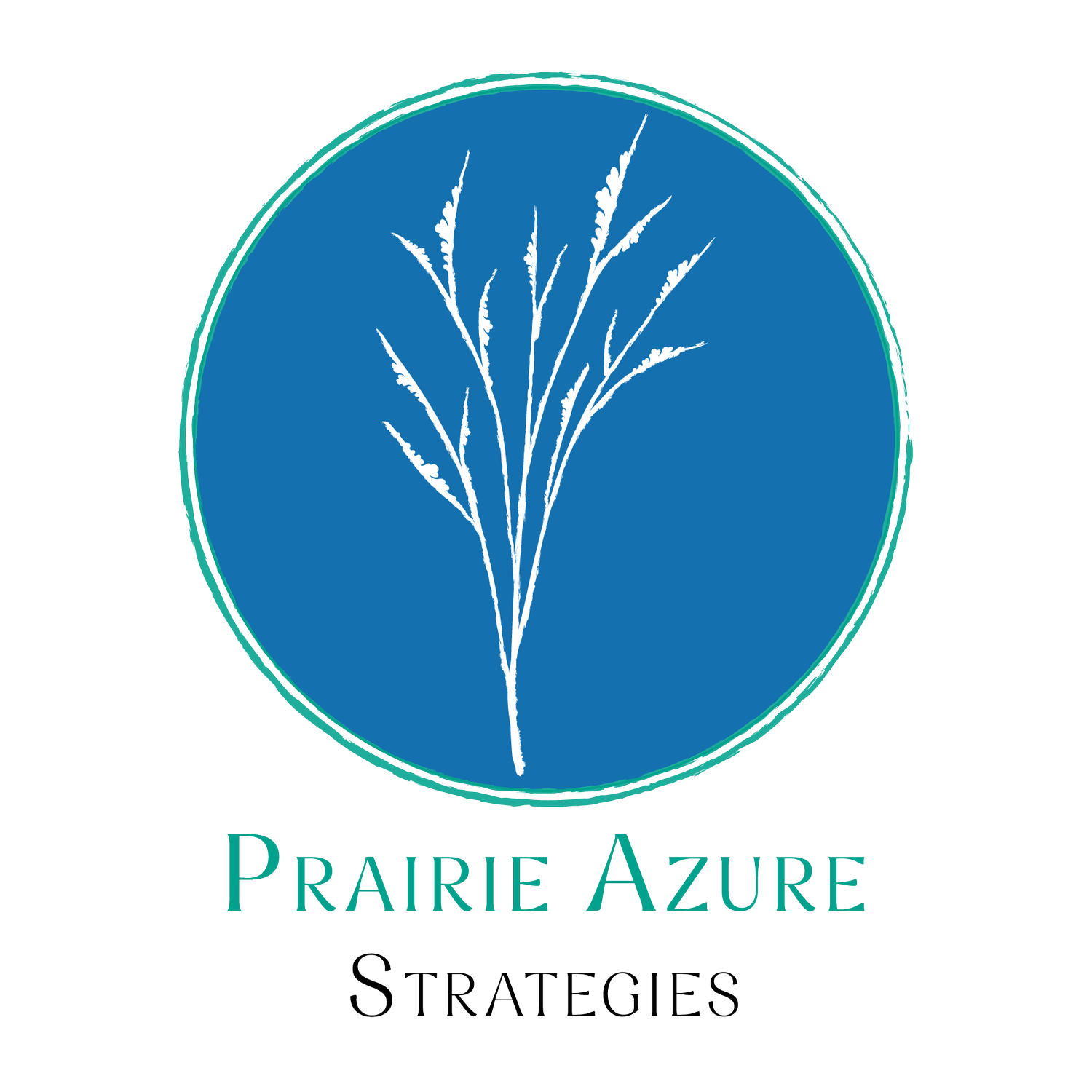How to create performance measures that teams actually use
We’ve all been there - you set a goal, and then you don’t meet it. It’s not motivating, and it leaves you feeling like crap. Worse - you may have known you weren’t going to meet that goal for some time, and it’s been looming over your head and reminding you of your shortcomings.
In the same way you set a goal to run that half marathon, your team at work likely has goals, objectives, and activities that you want to meet. Hopefully, you even created some measures - but are you actually using them?
Chances are, you’re not! One of the most common things I’ve heard in working with local public health is that measures are created and then gather dust on a shelf somewhere. I’ve found that the problem with a lot of these measures are activity-focused (think: busy work), and there’s no plan to support regular data collection. Having measures that are usable means being able to relate them back to a meaningful goal or result (like that half-marathon) and connecting the day-to-day work that drives the achievement of that goal (start by running a 5k). Moreover, you need to have a tracking system that really works and that sets forth clear expectations for your team.
Create measures with meaning
When you’re creating a measure with your team, it’s important to think about what you could actually do differently if the data is trending in an unfavorable way. For example - you don’t really have control over the presence of harmful lead in households, but you do have control over the percentage of cases that result in mitigation efforts. Using principles from Results-Based Accountability, ask yourself the questions: what did we do? how well did we do it? And, is anyone better off? Additionally, your team should decide how they want to communicate the value of what they do to your stakeholders, and how they want to be evaluated. Good measures drive action - when the data trends unfavorably, your team should feel confident that they could make those results change.
Measures should also connect back to the big picture - your result (or goal). Teams should feel like the work they do contributes to the wellbeing of your entire community, and that their work can be spotted in a bird’s eye view of your department. For example, maybe your lead mitigation efforts connect back to a broad goal in your Community Health Improvement Plan like “Our community is a safe place to live”, or a goal you’ve created based on the Foundational Public Health Services. When your team can see their place in the big picture, everyone walks away feeling like the work they do matters - and that it should be measured.
Make progress visible, not just performance
Nobody likes feeling like they missed the mark, but it’s safe to say you won’t always meet your targets. Instead of saying “we fell short of our 85% case mitigation target” say “hey, we increased our case mitigation rate from 50% to 78% in just two quarters!”. Pay attention to trends rather than current states, and make sure the theme of your evaluation is constant improvement.
It’s all about reframing and using those missed targets as a guide to decide on opportunities for quality improvement. And make sure you document those quality improvement projects! You should leave a trail of breadcrumbs so you can trace your steps back and see all the accomplishments you’ve made.
Create targets for conversation, not just compliance
The best measures are the start of a conversation. The data you track should open the doors for your team to ask questions and to think about continuous improvement. Invite this conversation by tracking qualitative data alongside your quantitative measures, and make space in your tracking system for comment fields. By encouraging storytelling about your data, you can bring a human element in your performance management system that promotes conversation and buy-in.
Make sure you create space in your organizational culture for these conversations - whether that’s a quarterly performance meeting, or just adding performance measures to your agendas, make sure your measures are front of mind.
Test and adapt
Measures are something you should come back to on a regular basis - so take time to make sure the way you’ve written them and the way you’re tracking them are working for your team. As part of your conversations, make sure you’re asking what measures people are actually interested in? Which ones feel motivating or help you make decisions?
Measures that aren’t working for your team don’t just serve no purpose, they actively hurt perceptions of performance management. Having “dead” measures trains your team to ignore all measures, so be willing to get rid of the ones that aren’t working. Better to have one or two good measures than five that people ignore.
The bottom line
Measures that are useable share common traits - they’re actionable, they connect to the big picture, they facilitate conversations, and they drive continuous improvement.
This is about more than making people enjoy performance measures, it’s about making them actually work for your team. When your team can see the impact their work makes on a measure, and the impact that measure makes on your goals, engagement will naturally follow.
The strongest performance measures are those that feel natural, useable, and actionable for your team. Collaborate on what you want to communicate about your team’s value and impact, and your measure will become natural for your team to report on.

